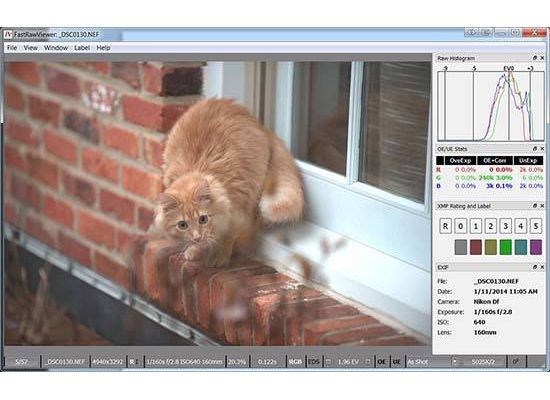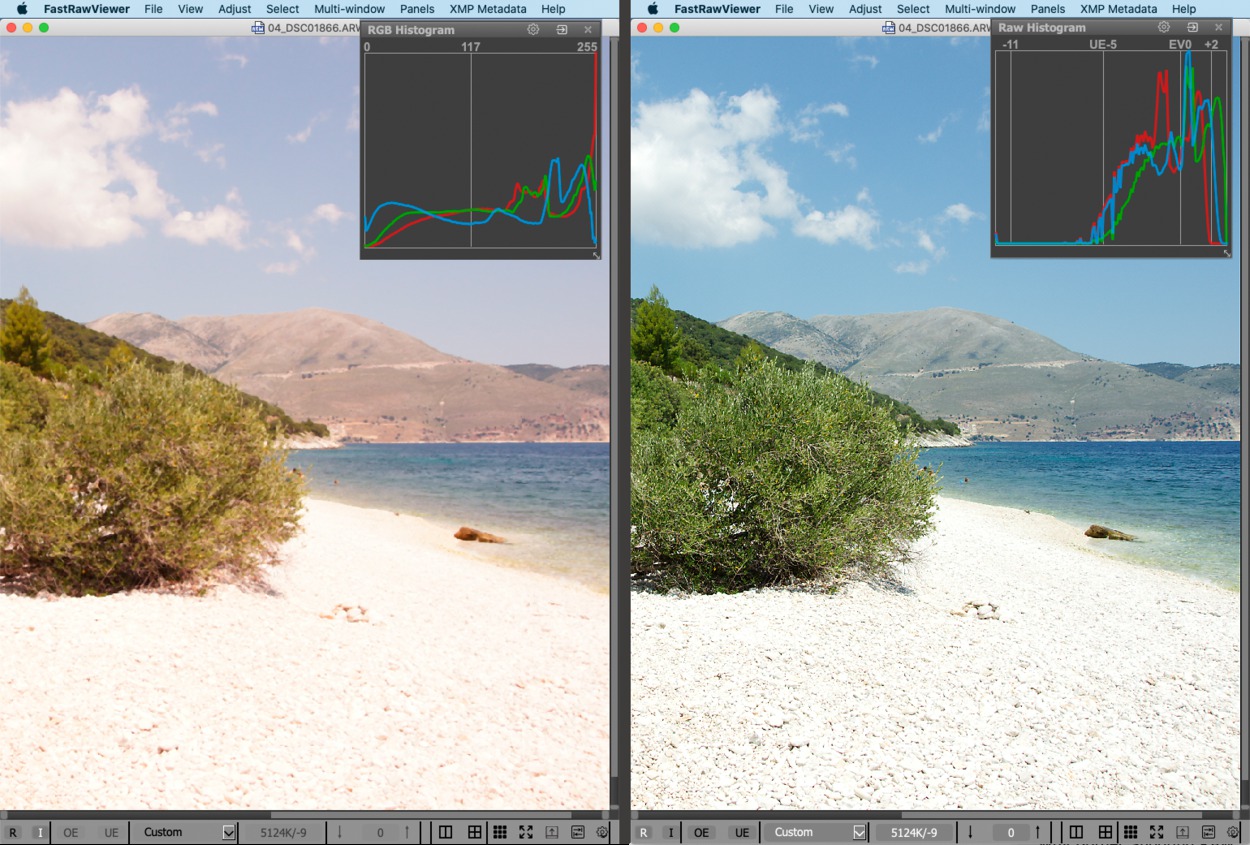


Sometimes small differences in focus - even a small miss - could be part of a focus stack. Among the good images, which 1-2 are you going to take the time to edit? Clearly if an image is in this category, it's a keeper - not a delete.As with photographing a subject, one of the basics is to get a safety shot - something good - but you don't need 10 or 200 safety shots. How many "almost good" images do you really need to keep - especially when you have other images that are clearly better. With a common subject you draw a harsher line about keepers and consider fair or poor wing position, head position, shadows on the face or eye, etc.The out of focus, misfires and soft images should be pretty straight forward - those are deletes.Part of that relates to how much time you devote to making decisions. I am not generally a long-burst shooter but still end up with more images to consider than I would like to devote time.Ĭlick to expand.There are different decisions here and you can't lump them all together. Studying a photo to make these decisions creates a mental link to it which, in turn, makes it harder to accept that it is no better than many others and should therefore be deleted. Culling the bloopers is easy but selecting the nuances such as head tilt, beak position, wing position is the time consuming part. The biggest problem I have however is lack of ruthlessness in deciding which of the (say) 20-30 images of a Marsh Harrier or an Osprey taken at a perch or in a burst when in flight, should be deleted. Certainly FastRawViewer and PhotoMechanic have brilliant attributes and have been of interest for some time, both would certainly solve the issue of slow preview generation on which to make decisions. The workflows described and the supporting programmes are really helpful however my biggest issues are only partly dealt with here. I have read the views above with great interest.


 0 kommentar(er)
0 kommentar(er)
